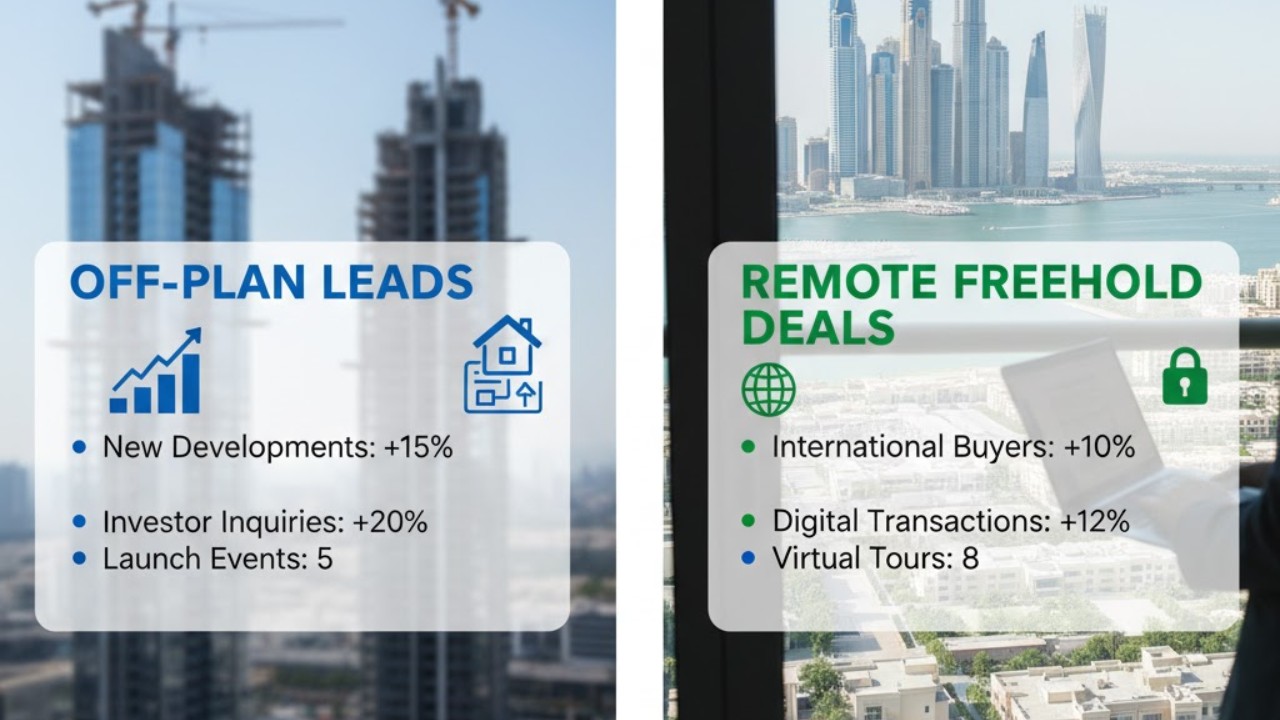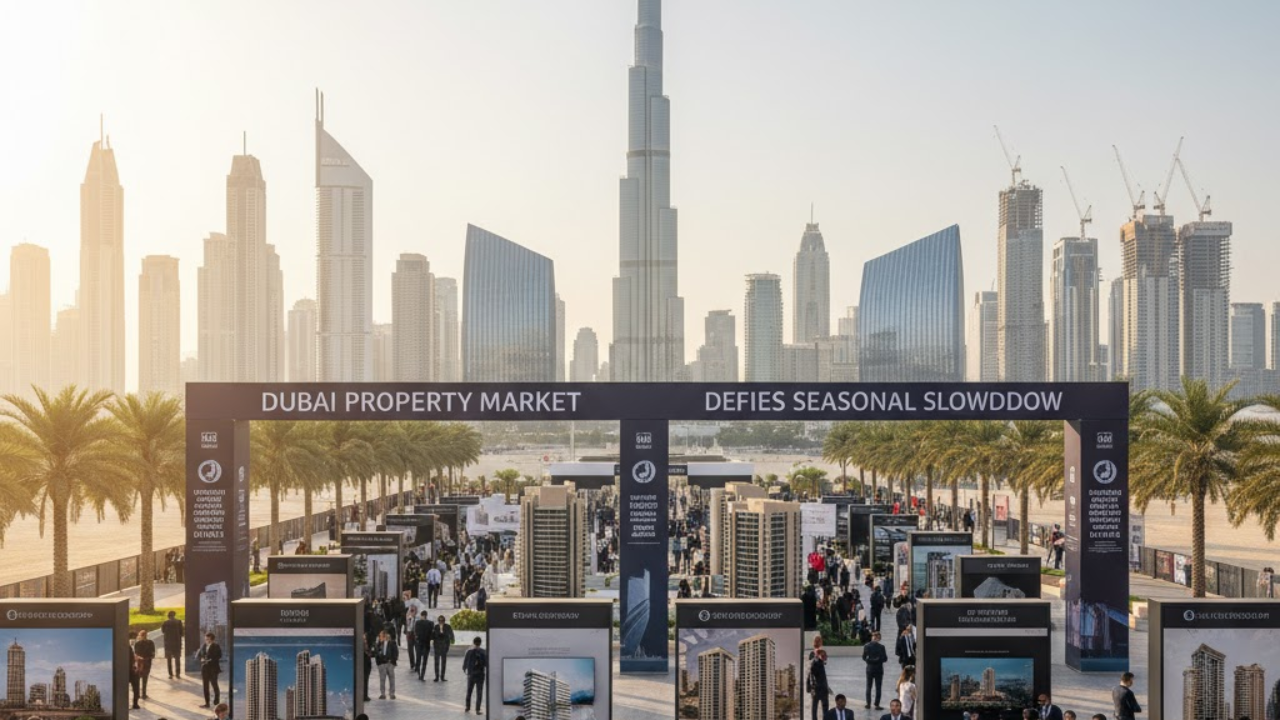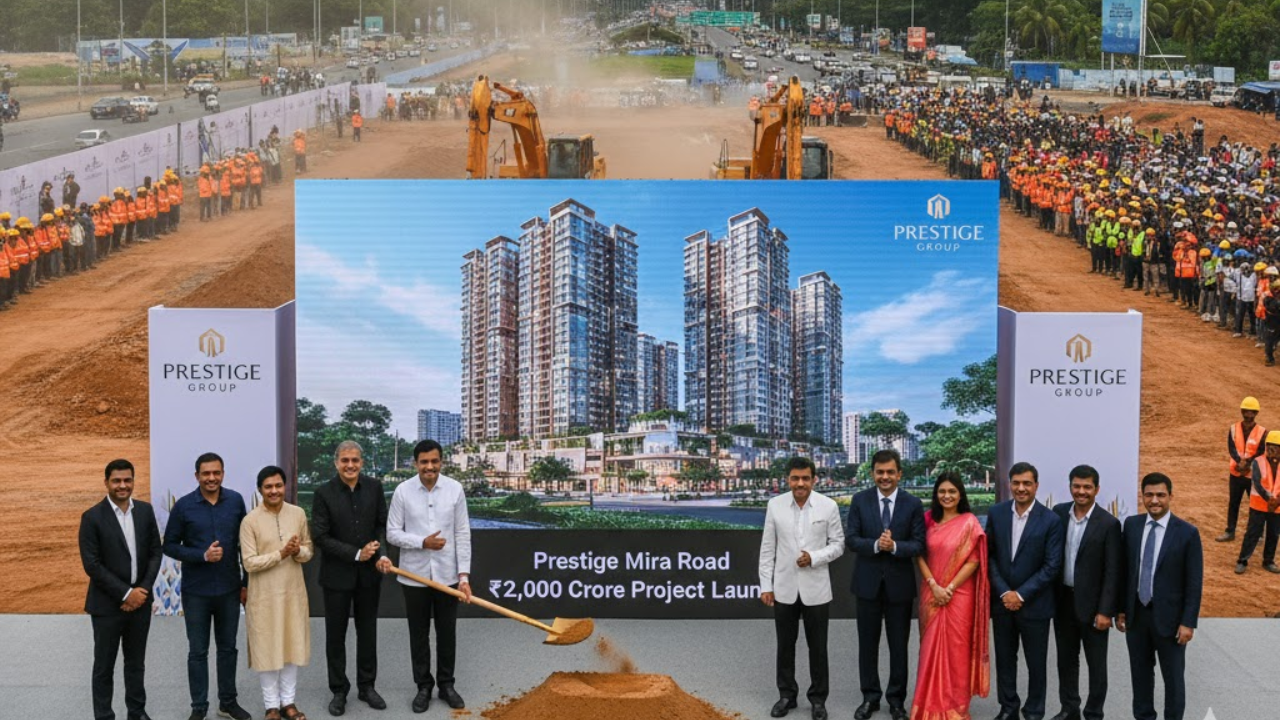
Post by : Naveen Mittal
In 2025, India’s real estate sector is witnessing a significant turnaround in institutional investment. According to multiple recent reports, institutional capital inflows into Indian realty have reached USD 4.3 billion in the first nine months, driven primarily by renewed confidence in the office asset class.
This resurgence underscores a structural shift in investor appetite and signals new momentum in India’s commercial property markets. In this article, we’ll break down the trends, drivers, risks, regional dynamics, and what this means for developers, investors, and the larger real estate ecosystem.
The resurgence of office real estate is a major story. After a period of relative weakness—driven by remote work trends, hybrid adoption, and global uncertainty—institutions are returning. Key reasons include:
Strong leasing demand in Grade A office spaces in major cities.
Corporates re-embracing in-person or hybrid models, requiring high-quality infrastructure.
Attractive yields from stable leases and long-term contracts.
Limited availability of high-quality, core office assets making any available ones more appealing to institutional buyers.
Because office assets often offer predictable cash flows, they are apt for institutional investment, especially when markets show signs of recovery.
One noticeable shift is stronger participation from domestic institutions (funds, REITs, insurance, pension funds). Domestic capital flows have risen, sometimes outpacing foreign inflows in certain quarters.
Global macro uncertainties—rates, geopolitics, currency risks—are making foreign investors more selective. Meanwhile, local investors, with better market insight and fewer currency risks, are stepping in more confidently.
While office leads, a significant share of inflows is still directed at land / development sites and retail built-up assets. These allow investors to gain exposure to future growth, development returns, and capital appreciation when the projects are completed.
Retail, mixed-use, and alternative real estate assets also receive part of the allocation, diversifying the institutional playbook.
As confidence returns across the economy and property markets show resilience, capital (especially institutional) seeks stable, real-asset investments. Real estate, particularly commercial property, becomes a strong candidate in an environment where rates, inflation, and risk are top of mind.
Mumbai has been a dominant destination, capturing ~32% of investment inflows in some reports.
Pune and Bengaluru have emerged strongly, contributing ~18% and ~16% respectively in some capital inflow breakdowns.
The concentration in top-tier cities reflects both supply of quality real estate and investor preference for stability, liquidity, and brand recognition.
Institutional investors are increasingly looking beyond the classic metros into cities with growth potential, infrastructure investment, and lower entry valuations. This geographic diversification reduces risk concentration and taps underserved supply-demand dynamics.
A significant portion of institutional deals are multi-city or portfolio acquisitions, allowing investors to diversify across geographies, assets, and risk profiles. These deals also unlock efficiencies in due diligence, financing, and operations.
Access to institutional capital offers a new funding avenue beyond traditional debt or private equity.
Developers may need to structure deals in a more institutional-friendly manner—transparent, scalable, governed.
There’s incentive to prioritize core office, build-to-rent, or mixed-use developments that attract these investors.
Real estate becomes a more credible, allocable asset class in institutional portfolios.
Fund managers may structure products to attract global and local capital—like REITs, InvITs, or co-investment vehicles.
Risk assessment becomes critical—valuation, leasing, demand pressures, regulatory environment.
Capital inflows may accelerate deliveries, new launches, and redevelopment of old stock.
As institutional participation increases, the sector may see greater standardization, transparency, and governance.
Markets with limited supply of high-quality assets may see price pressure, yield compression, or competitive bidding.
If interest rates rise sharply or inflation accelerates, cost of capital and buyer demand might suffer, affecting real estate valuations and institutional yields.
For new investments (esp. development assets), execution risks—construction delays, regulatory hurdles, cost overruns—can wipe out expected returns. For office assets, slow leasing uptake or tenant defaults can undermine yield.
Changes in tax policy, land regulation, REIT/InvIT rules, or capital flow norms could alter the attractiveness of institutional investment. SEBI’s proposals to broaden REIT/InvIT investor eligibility are under consideration.
Strong demand for core assets can compress yields to levels where future returns are limited. That may force investors toward more opportunistic or development plays, which carry higher risk.
Given global uncertainty, foreign capital deployment may remain more cautious compared to 2021–2022 levels. The relative share of foreign institutional capital may shrink, increasing reliance on domestic institutions.
Institutional inflows are likely to exceed USD 12 billion by year-end if momentum continues through Q4.
Office, build-to-rent, mixed-use, data centres, and logistics will be key beneficiary asset classes.
Expect more REIT and InvIT launches or expansions, and greater capital allocation to institutional real estate vehicles.
Developers able to align with institutional requirements—transparent governance, predictable cash flows, scalable projects—will draw more capital.
Foreign investors may return cautiously, especially for core assets with stronger yield protection and de-risked structures.
Disclaimer
This article is for informational and educational purposes only. It does not constitute financial, investment, or legal advice. Readers should conduct their own research and consult qualified professionals before making any investment or business decisions.

Dubai Weekly Real Estate Snapshot: Off-Plan Leads, Remote Freehold Transactions
Dubai’s Week 41 sees AED 9.82 bn in property deals; 61.3% off-plan; new rule allows remote freehold

Dubai Becomes 2nd Most Sought After Residency for HNWIs
Dubai climbs as the 2nd most inquired-about residency among HNWIs, driven by Golden Visa, tax perks,

Lodha Gains Global Trust Recognition in Real Estate
Lodha is the only Indian real estate firm named among Newsweek’s 2025 “World’s Most Trustworthy Comp

Dubai Unveils “Dubai Live” — Real-Time AI Urban Command Hub
Dubai introduces “Dubai Live,” an AI-powered urban command hub that integrates real-time city servic

Dubai’s Real Estate Market Defies Seasonal Slowdown: Q3 2025 Surge
Dubai real estate bucks summer lull with 22.7% rise in residential sales and 31% surge in commercial

Prestige Unveils ₹2,000 Crore Residential Project in Mira Road, Mumbai
Prestige Group unveils “Prestige Garden Trails” in Mira Road with GDV ₹2,000 cr, 1,324 units, strong

India Climbing the Ranks: Sixth Globally in Branded Residences
India now ranks sixth globally in live branded residence projects, capturing 4% of global supply as

From Marathon to Mallathon Dubai’s Fitness Events Unite the City
Dubai’s marathons Mallathons and beach yoga turn streets malls and beaches into vibrant fitness hubs

Dubai’s Wellness Revolution Anti Aging Clinics and Luxury Longevity Retreats for the Elite
Discover how Dubai attracts wealthy travelers with luxury anti aging clinics longevity retreats and

Beyond Bling Dubai Designers Lead a Sustainable and Modest Fashion Revolution
Discover how Dubai’s new designers blend sustainability luxury and modesty creating a fresh eco frie

6 Easy Diet Tips to Fulfill Your Daily Protein Requirements Naturally
Discover 6 simple and effective diet tips to meet your daily protein needs naturally for better stre

7 Vegetarian Foods That Naturally Boost Muscle Growth & Strength
Discover 7 vegetarian foods packed with protein and nutrients to boost muscle growth strength and re

5 Delicious Protein Packed Lunch Box Recipes for Kids You Must Try
Try these 5 protein rich lunch box recipes for kids Healthy tasty and easy meals to keep your childr

Rice vs Pasta Discover Which Carb Rich Food is Healthier for Yo
Compare rice and pasta to find which carb rich food is healthier with benefits drawbacks and tips fo

Sherry Singh India’s First Mrs Universe 2025 Winner
Sherry Singh makes history as India’s first Mrs Universe 2025 inspiring women worldwide with her str